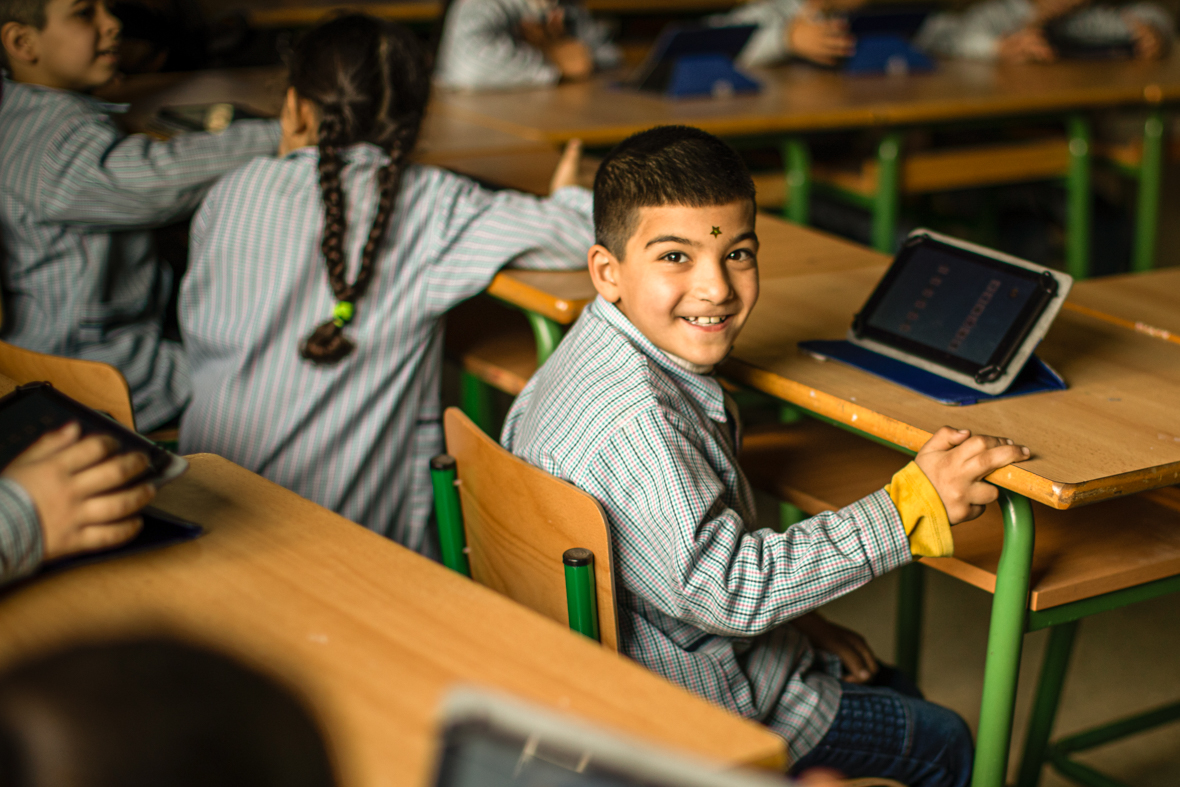
What is the GPE? And why does it need $3.5bn?
Education funding
The plan: give 29million children in 66 countries access to quality education. The cost: $3.5billion.
That’s the size of the task facing the Global Partnership for Education as it gets ready to raise the money needed to fund its goals from international donors.
It will all be unfolding at the GPE’s Second Replenishment Pledging Conference on June 26 in Brussels, Belgium.
But what is the pledging conference? How does it all work? And what happens to the money raised? Read on for the answers…
What is the GPE?
The Global Partnership for Education is an organisation that brings together developing countries that need assistance in getting all children into primary education. That includes donor governments, regional and international agencies, development banks, the private sector and civil society organisations. Since its creation in 2002, GPE has provided $2.2billion in international aid and helped around 19million children attend school.
What is the replenishment pledging conference?
In 2011 GPE launched a campaign to add $2.5billion to its fund by 2014. The first pledging conference in November 2011 raised close to $2billion and generated pledges from 60 partners. This year it aims to raise $3.5billion to support the annual school cost of 29 million children in 66 developing countries between 2015 and 2018.
What happens on the day?
At the conference itself, hosted this year in Brussels, there is a six-hour “pledging zone”, where representatives from developing countries, donors, international organisations and private companies announce financial and policy pledges to the GPE fund. Alongside this there are workshops, panel discussions and learning sessions for participants to talk about the best way to move education policy forward.
Who goes?
The conference is hosted by the European Commission and this year is attended by representatives from all partner countries and organisations. Also attending are GPE Chair Julia Gillard, Queen Rania Al-Abdullah of Jordan, United Nations Special Envoy for Global Education Gordon Brown, European Commissioner for Development Andris Piebalgs, UNESCO Director-General Irina Bokova and Congo’s Prime Minister Augustin Ponyo. More than 600 of the world’s leading experts and policymakers on global education will also be there, along with more than 40 government ministers.
Why is it important?
The world’s poorest countries are experiencing a crisis in education with 57million children not in school. In addition, 250 million children are still not able to read or write by the time they reach fourth grade.
What is the four-year plan?
By reaching the target of $3.5billon GPE hopes to support the annual school cost of 29million children. It also aims to:
- Reduce the number of children not completing primary education from 7.6million to 4.8million
- Help more girls complete primary and secondary school. GPE aims to increase primary completion from 74% in 2014 to 84% in 2018 and to increase secondary completion from 44% to 54%
- Increase core reading and numeracy skills by 25%
- Reduce drop-out rates in primary and lower secondary school by 10%
- Reduce repetition rates in primary and lower-secondary school by 10%
More news

